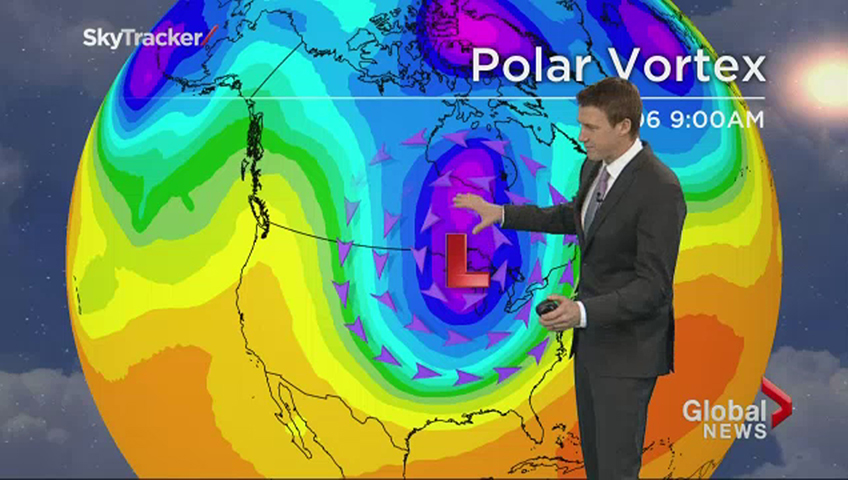They’re the people we turn to when we want to plan an outing. They’re also the people we turn on when things go wrong. But today’s their day: cut them some slack.

February 5 is National Weatherperson’s Day, a day when we should appreciate the difficulty of being a meteorologist or weather specialist.
The day was chosen to commemorate the birth of John Jeffries in 1745. Jeffries was one of the United States’ first weather observers. The physician would chart daily weather in Boston and was the first to use a balloon to observe the weather over London in 1784. The balloon carried a barometer, a thermometer and a hygrometer, which measures moisture in the atmosphere.
In Canada, the first weather station was near Fort York, off the shore of Lake Ontario, with observations beginning on Jan. 1, 1840. It was moved to the University of Toronto after magnetism from guns interfered with the forecasting in September of that year.
George Kingston is considered the founder of Canada’s national weather service. Kingston, director at the Toronto Observatory at the University of Toronto, stressed the need for a national weather service. In 1871, the Dominion’s Department of Fisheries and Marine gave Kingston $5,000 to set up the Meteorological Service of Canada.
But it was Percy Saltzman of the Canadian Broadcasting Corporation who was the first on-air meteorologist. Saltzman hit the airwaves on Sept. 8, 1952 and later served as meteorologist with Global TV from 1980 to 1982.
Today, of course, the tools meteorologists use to forecast weather are far more sophisticated than the early days (though weather balloons are still utilized). There is Doppler radar, satellites, buoys and more. But it’s still not an exact science. The fact is, there are many factors that can influence weather, such as barometric pressure, pressure systems and fronts. And forecasting the weather accurately decreases more the further you go out in time.
“Forecast accuracy is constantly improving — especially in the 24-48 hour window — however, admittedly meteorologists don’t always get it right,” said Global meteorologist Ross Hull. “The analogy I like to use is picturing the atmosphere as a massive, fast running river of turbulent air (which it is) and if you were to have a kayaker travel that fast moving river — would you expect that kayaker to reach the same spot every time? The kayaker represents the parcels of air that make up the atmosphere as well as the storms that impact our daily lives — sometimes it can lead us in unexpected directions but thanks to computer modelling and intense evaluation when a forecast is busted — the science is evolving.”
So cut your meteorologist a break today. They likely have helped you more often than let you down.
To get real-time weather for your area, download the Global News Skytracker weather app.





Comments